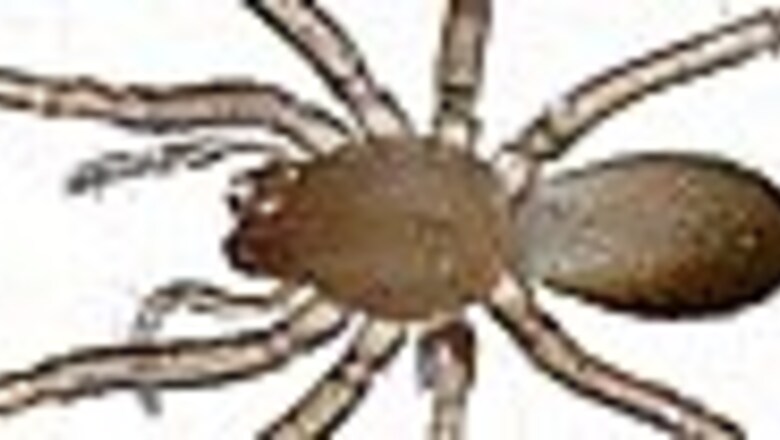
views
Washington: Why do voracious predators like female spiders gobble up their smaller mates, especially after a bout of sex?
Researchers Shawn Wilder and Ann Rypstra of Miami University (Ohio) found that the answer may be simpler than thought.
Smaller size of the males determines their potential as a prey to be eaten. In one species, Hogna helluo, large males were left alone while smaller ones were gobbled up 80 per cent of the time.
This result was also confirmed when Wilder and Rypstra examined published data from a wide range of spider species.
Much research on sexual cannibalism has focused on a few extreme cases involving sexual selection and sperm competition.
However, by looking at data on a wide range of spiders, Wilder and Rypstra discovered that the size of the male relative to the female determines how often sexual cannibalism occurs in a species.
"We were surprised to find that such a simple characteristic such as how small males... have such a large effect on the frequency of sexual cannibalism," stated Shawn Wilder.
In many cases, sexual cannibalism may not be a complex balancing act of costs and benefits for males and females but rather a case of a hungry female eating a male when he is small enough to catch.
In an interesting twist, evolution does not appear to be driving this relationship. Rather, sexual cannibalism may be a byproduct of the evolution of large females and small males in a predatory species.
The study was published in the September issue of the American Naturalist.




















Comments
0 comment